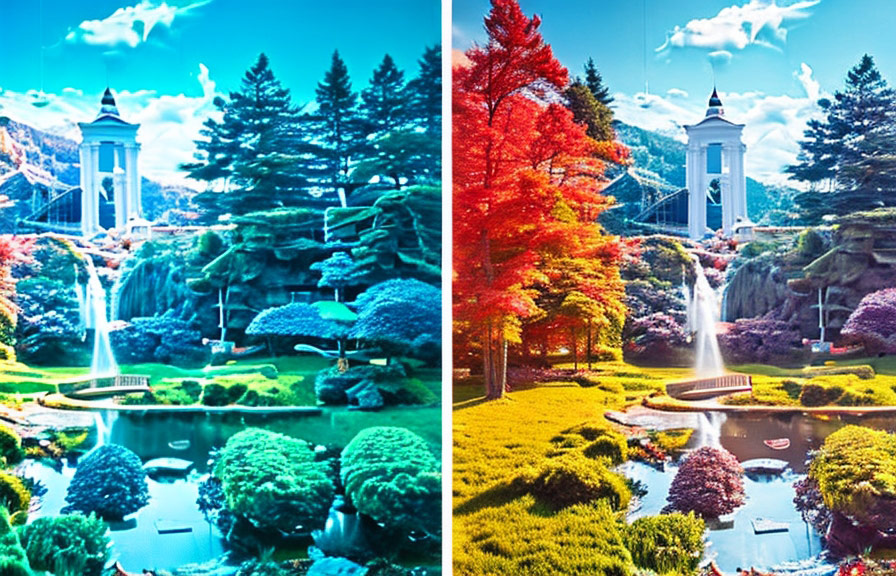As a photographer, you understand the importance of capturing the perfect shot and the role color plays in your work. whether you're a professional or an amateur, photo color correction is an essential skill that can make a significant difference in your images.
In this blog post, we will discuss some valuable tips to achieve quality colors in your photography through color grading and image color correction.

The basics of photo color correction
Photo color correction is the process of adjusting the colors in an image to achieve the desired look and feel. this involves tweaking the hue, saturation, and brightness of individual colors or the overall color balance. color grading photography is a more advanced technique that involves creative color adjustments, often used in
Film and video production.
1. understand the color theory
Before diving into the world of color grading photos, it's essential to have a basic understanding of color theory. the foundation of color theory is the color wheel, which is a visual representation of the relationship between primary, secondary, and tertiary colors.
Familiarizing yourself with the color wheel will help you make informed decisions when adjusting colors in your images.
2. work with raw files
To achieve the best results in image color correction, it's crucial to work with raw files. raw files contain uncompressed, unprocessed data captured by your camera's sensor, allowing for greater flexibility in post-processing. this means you can make more significant adjustments to your images without losing quality.
3. use histograms and scopes
Histograms and scopes are essential tools for color grading photography. these visual representations of your image's data will help you identify any issues with exposure, contrast, and color balance. using histograms and scopes during the photo color correction process will ensure that you're making precise adjustments in the right areas.
Tips for color grading photos
Now that you have a basic understanding of photo color correction, let's explore some practical tips for color grading photos.
4. set the right white balance
White balance is the process of removing unrealistic color casts, ensuring that objects that appear white in person are rendered white in your photos. achieving the correct white balance is essential for accurate color representation in your images.
If your camera's auto white balance doesn't give you the desired results, you can always adjust it manually during the image color correction process.
5. adjust the tone curve
The tone curve is a powerful tool for color grading photos. it allows you to control the overall brightness, contrast, and color balance of your images. by adjusting the tone curve, you can add depth and drama to your photos, creating a more visually appealing image.
6. use color grading tools
Many photo editing software options offer color grading tools that can help you achieve the desired look in your images. some popular tools include:
- color wheels: these allow you to adjust the hue, saturation, and brightness of the shadows, midtones, and highlights in your image.
- hsl adjustments: hsl (hue, saturation, lightness) adjustments let you target specific colors in your image and modify their hue, saturation, and lightness.
Experiment with these tools to find the best combination for your desired look.
7. create a consistent style
Consistency is key when it comes to color grading photos. developing a consistent style will help you create a cohesive portfolio and establish your unique visual identity. to achieve this, apply similar color grading techniques across your images and use presets or luts (look-up tables) to streamline your workflow.
8. practice, practice, practice
Like any skill, photo color correction takes time and practice to master. experiment with different techniques and tools, learn from your mistakes, and continue refining your skills. with perseverance, you'll see significant improvements in your color grading abilities.
Conclusion
Achieving quality colors in your photography through photo color correction and color grading is essential for creating eye-catching images that stand out. by understanding color theory, working with raw files, and utilizing the right tools and techniques, you can dramatically improve your photography.
Remember to be consistent in your style and practice regularly to sharpen your skills. happy color grading!
